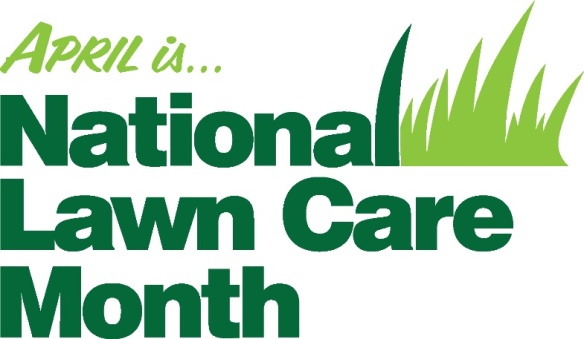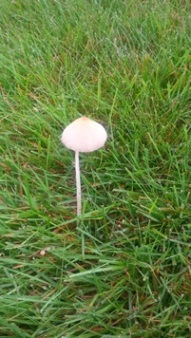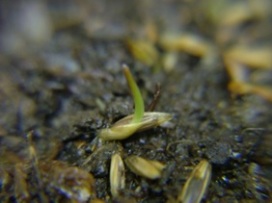The summer drought conditions this year have been pretty severe in a number of areas and we’re only into the early part of July. With it being so dry in May and June, it can’t help but have an effect on your lawn now and into the fall.
In March I wrote a blog that started with “If the weather predictions come to fruition this year due to the strong El Niño, it looks like we will have a drier and warmer-than-normal summer in 2016.” So far, that is exactly what is happening in a lot of areas in the U.S. The past few years (at least in the eastern parts of the U.S.) we have been pretty lucky in that we had fairly regular rainfall and cooler summers. So it may come as no surprise that we were due for some drier, warmer weather with some severe drought. So what can you do to help the lawn through this hotter and drier weather?
As I mentioned in my March blog, one of the things you could have done to prepare for the hot and dry summer was getting your lawn as healthy as possible in the spring prior to having to experience the summer heat and drought. “You definitely don’t want to skip any fertilizer applications this spring or early this summer as the lawn will need it. Fertilizer is going to be very important in setting up the lawn to withstand the stress of a hot summer by giving it the key nutrients it needs to help it stay healthy when its under stress.”
That being said if you are watering your lawn through the summer and keeping it green, the lawn will still need to be fertilized as it will utilize those nutrients to maintain its healthy state. If you decide not to water it and therefore let it turn brown, the amount of nutrients it requires will be a lot less and fertilizing it may be unnecessary. However, if you use a slow-release fertilizer, not to worry, those nutrients should stay there for the plant to utilize when you do get rain, which will encourage the grass to grow again.
Watering will have a big impact on a lawn’s appearance and proper watering is a must if you are going to keep the turf healthy until more regular rainfall occurs. Almost all grasses can withstand a certain amount of drought. For example, bluegrass can withstand drought for up to 6 weeks before injury. As you see in the picture below, this lawn had not been watered for quite a while and the lawn did not recover. The end result? Most of it had to be re-sodded that fall.
Remember that there are a lot of ways not to water your lawn and it i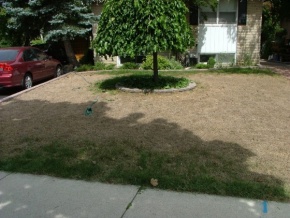 s the most misunderstood practice for homeowners. The biggest mistake occurs when homeowners irrigate their lawn every day for 20 minutes (simply because that is the way most irrigation systems are set up), without realizing that this type of light watering can lead to shallow rooting and disease. Shallow rooting creates a weaker plant that is prone to environmental stresses, which can result in an increase in lawn diseases. Also, not allowing the lawn to dry out for a period of time can also increase the chance of disease. This ultimately leads to discoloration of the lawn and poor visual quality. Watering at night is often the biggest reason for the presence of disease on the lawn.
s the most misunderstood practice for homeowners. The biggest mistake occurs when homeowners irrigate their lawn every day for 20 minutes (simply because that is the way most irrigation systems are set up), without realizing that this type of light watering can lead to shallow rooting and disease. Shallow rooting creates a weaker plant that is prone to environmental stresses, which can result in an increase in lawn diseases. Also, not allowing the lawn to dry out for a period of time can also increase the chance of disease. This ultimately leads to discoloration of the lawn and poor visual quality. Watering at night is often the biggest reason for the presence of disease on the lawn.
When it comes to watering your lawn and helping it look its best, water only when the lawn needs it and be sure to water deeply. Watering deeply in the morning when the lawn requires it will give your turf the opportunity to dry out and prevent lawn diseases in the process.
Mowing can also influence the health of the turf, so when it’s hot and dry out, it’s a great idea to mow your lawn as high as you can. The longer the turf is maintained, 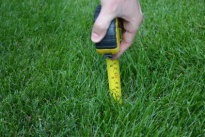 the healthier it will be, as it will have a much deeper rooting system. This deeper root system will better utilize underground water supply and find its own water and remain healthier overall.
the healthier it will be, as it will have a much deeper rooting system. This deeper root system will better utilize underground water supply and find its own water and remain healthier overall.
Click HERE to view the NOAA National Precipitation Map for June by %, to see how your area is doing for Rainfall.
Questions about your lawn? Weed Man would be happy to help you. Find your local Weed Man using our locator map HERE.
Keep those lawns healthy,
Chris

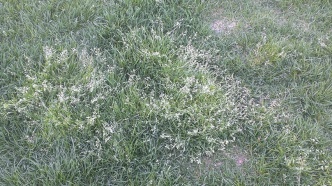 In a perfect world, Kentucky Bluegrass would make up the majority of the grass on a lawn,
In a perfect world, Kentucky Bluegrass would make up the majority of the grass on a lawn,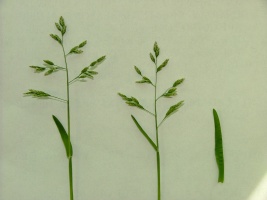 determining we can’t control it with our broadleaf weed control, is “how did I get this and how can I get rid of it?” Believe it or not, the lawns that have the biggest problem with Annual Bluegrass are typically belong to homeowners that are over-managing their yards.
determining we can’t control it with our broadleaf weed control, is “how did I get this and how can I get rid of it?” Believe it or not, the lawns that have the biggest problem with Annual Bluegrass are typically belong to homeowners that are over-managing their yards. time I’d ever seen this. I jokingly mentioned to my wife that we might actually receive some calls from customers wanting us to treat their lawns. Don’t get me wrong, I wasn’t complaining about the nice weather (it did extend the golf season), but I knew seeing all of those weeds so late in the year would spell some headaches this spring.
time I’d ever seen this. I jokingly mentioned to my wife that we might actually receive some calls from customers wanting us to treat their lawns. Don’t get me wrong, I wasn’t complaining about the nice weather (it did extend the golf season), but I knew seeing all of those weeds so late in the year would spell some headaches this spring.